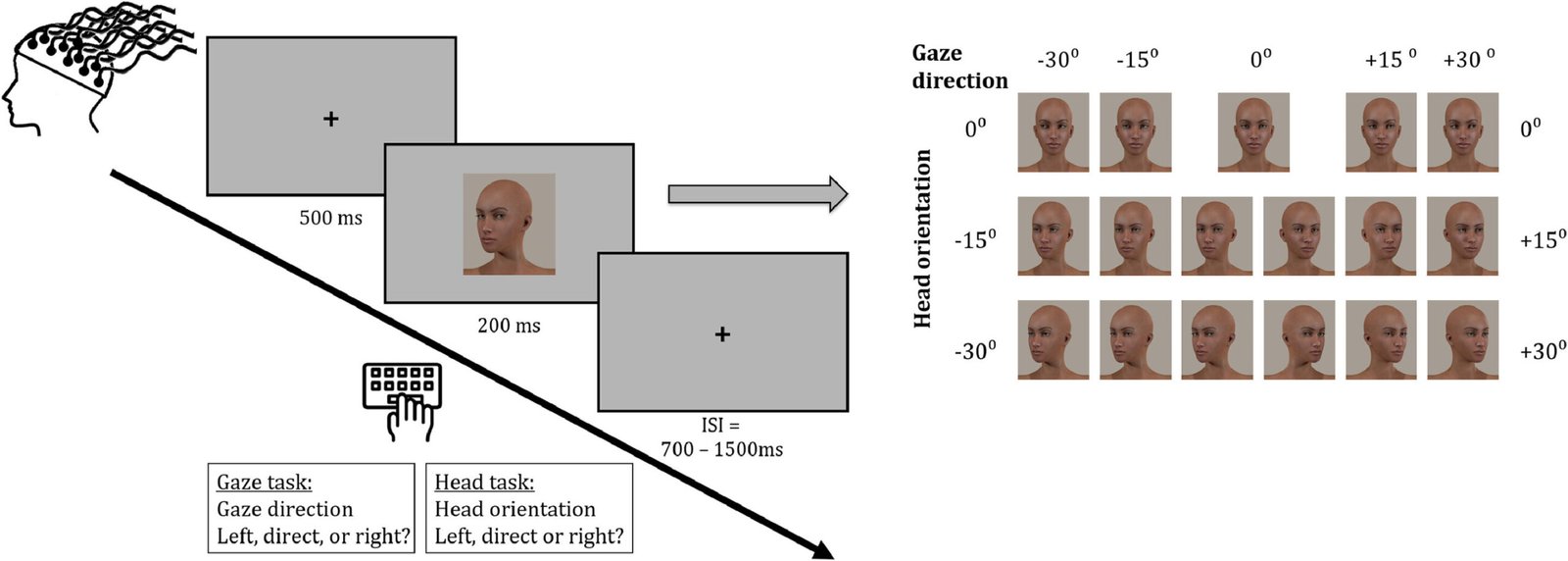People who live in areas with social and environmental adversities may have up to twice the increased risk for developing heart disease and stroke, according to new research published in the Journal of the American Heart Association.
In this study, environmental adversities included air and water pollution, potentially hazardous or toxic sites, few recreational parks, and high-traffic roads, railways or airports. Social vulnerabilities were defined as racial and ethnic minority status; socioeconomic factors such as income, education and employment levels; housing status; and access to internet and health care.
“Our study is one of the first to examine the impact of both social and environmental factors in combination and looked at the complex interplay between them,” said the study’s senior author Sarju Ganatra, M.D., a cardiologist and vice chair in the department of medicine for research and director of the Cardio-Oncology Program and South Asian Cardio-Metabolic Program at Lahey Hospital and Medical Center in Burlington, Massachusetts.

This study used the Environmental Justice Index—developed with data from the U.S. Census Bureau, the U.S. Environmental Protection Agency, U.S. Mine Safety and Health Administration and the U.S. Centers for Disease Control and Prevention—to rate environmental disadvantages across all U.S. census tracts.
The analysis found:
- People living in the most environmentally vulnerable neighborhoods had 1.6 times the rate of blocked arteries and more than twice the rate of stroke compared to people living in the least environmentally vulnerable neighborhoods.
- Cardiovascular disease risk factors were higher in the most vulnerable areas with twice the rate of Type 2 diabetes, 1.8 times higher rates of chronic kidney disease, and 1.5 times higher incidence of high blood pressure and obesity.
- About 30% of all U.S. residents aged 18–44, 21% of Black adults and most Hispanic adults resided in places with alarmingly high environmental burdens.
“I was amazed to see the tight links and complex interplay between social and environmental factors on health outcomes. We were able to demonstrate their ‘dual hit’ on health outcomes. And beyond that, we were more amazed by the fact that even after adjusting for socioeconomic factors, environmental factors played a crucial and independent role in determining various heart disease and other related health outcomes,” Ganatra said.
According to researchers, reversing the impact of social and environmental disadvantages will require a multi-pronged approach with interventions to reduce pollution exposure and policies that address the causes of poverty, urban revitalization, high-quality public education, job creation programs and affordable housing, along with steps to ensure universal access to quality health care.
“Our aim is to empower the health care community to better inform patients about environmental factors they encounter daily. Patients, in turn, gain the ability to reduce their exposure to harmful environmental conditions, such as exposure to harmful chemicals and air pollutants to minimize health hazards and mitigate health risks,” Ganatra said.
A March 2024 American Heart Association Policy Statement, Adapting cities for heart-healthy, sustainable living requires integrated public policies, addresses the impact of urban provisioning systems—those that provide energy, mobility, housing, green infrastructure, water and waste management—on the cardiovascular and metabolic health of people who live in urban communities nationwide.
Study background and details:
- The study used the 2022 Environmental Justice Index, socio-environmental justice index, and an environmental burden module to rank census tracts from least vulnerable to most vulnerable to determine the cumulative impact of environmental injustice for more than 71,000 census tracts in the U.S.
- Age-adjusted rate ratios of blocked arteries, strokes and various health measures reported in the Prevention Population-Level Analysis and Community Estimates (PLACES) data were compared between the index and module rankings. The population estimates were taken from the 2015-2019 American community survey.
Study limitations include that it cannot prove cause and effect due to the nature of the database. However, the study’s findings show strong associations.
More information:
The Association of Environmental Injustice and Cardiovascular Diseases and Risk Factors in the United States, Journal of the American Heart Association (2024).
Citation:
Social and environmental factors may raise risk of developing heart disease and stroke (2024, March 27)
retrieved 27 March 2024
from https://medicalxpress.com/news/2024-03-social-environmental-factors-heart-disease.html
This document is subject to copyright. Apart from any fair dealing for the purpose of private study or research, no
part may be reproduced without the written permission. The content is provided for information purposes only.










